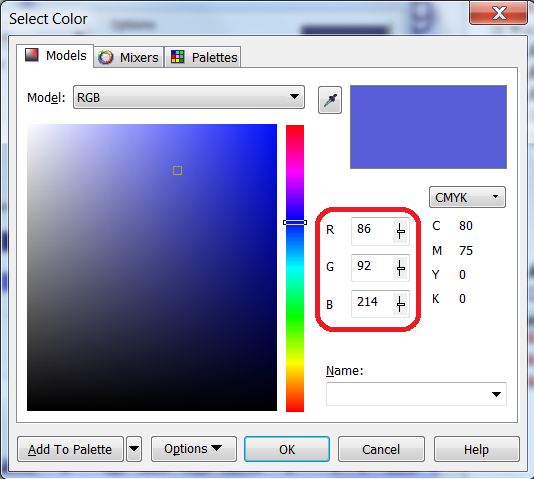Suppose I'm designing something for printing purposes. Then I need to stick with CMYK model. When ever I'm choosing color while designing, I'm setting color based on what my monitor shows me as CMYK. But Monitors don't work on CMYK. So, what my monitor showing is a conversion of that CMYK in RGB.
After reading little bit, now I understood that CMYK and RGB are not exactly convertible and there are always some differences. So, what I'm seeing is not the color I actually set. Right? If that is the case, because of deception by my monitor, am I setting the wrong colors? How are we supposed to design then?
This is based on a question regarding RGB to CMYK conversion.

say, RGB (86,92,214) the color in my image. Then monitor uses same values for displaying (lightning LEDs, LCDs or CRTs). Right?

